Where MoneyWeek likes to roam
Holidays are still off the agenda for now, but they’re not forgotten. Our writers, editors and production staff hark back to their favourite trips and recommend where to go when the lockdown ends
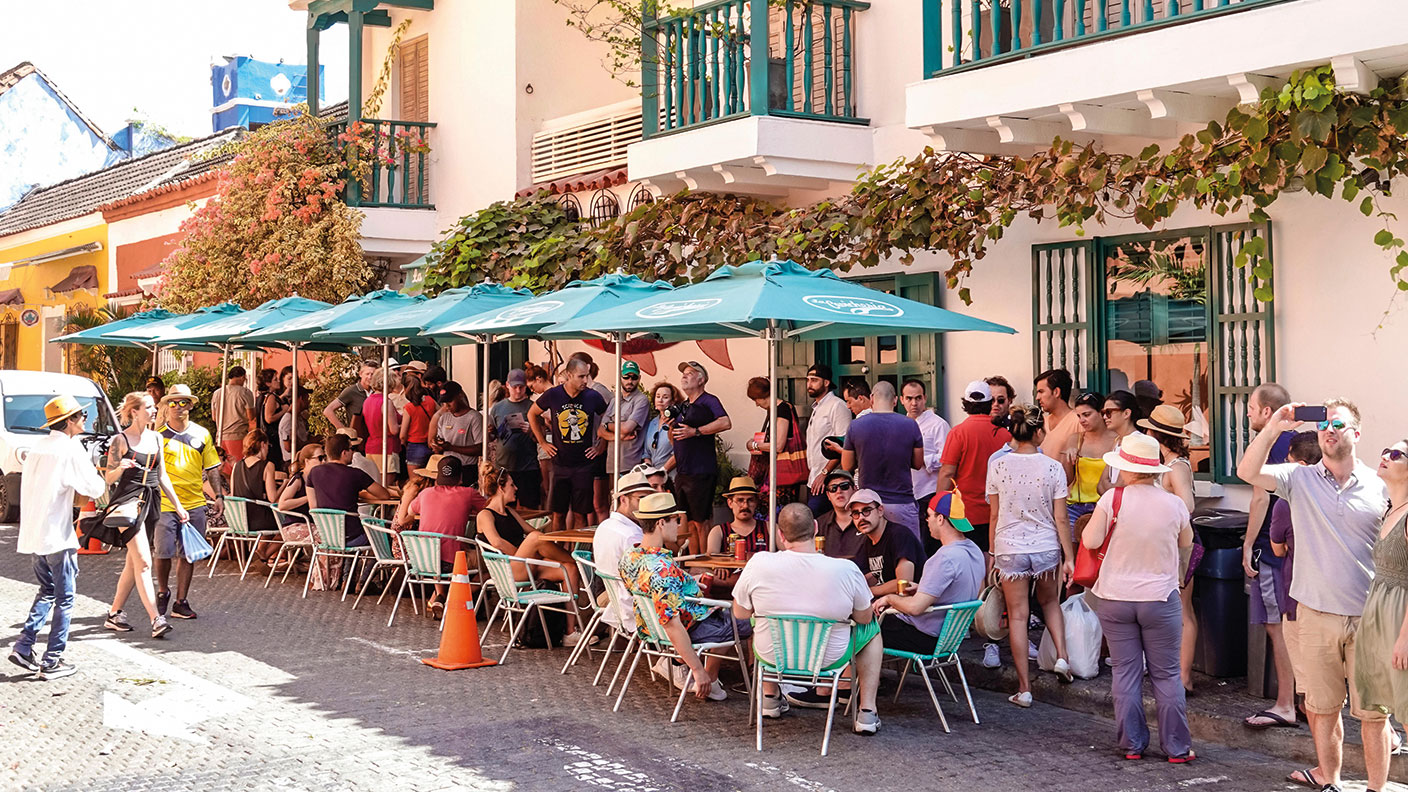
Cartagena, Colombia
Nicole Garcia Merida, editorial assistant and writer
The stress of the layover in Bogotá disappeared the moment we stepped off the plane at Cartagena, on Colombia’s Caribbean coast. We were met by a wall of heat. The next ten days were spent on the beach, buying whole fried fish from the wandering women who carried them in baskets atop their heads. We took trips to the walled Old Town, the 16th-century, cobblestoned remains of the city’s colonial past, characterised by bougainvilleas, colourful buildings and groups of people performing traditional dances. If you find yourself in Cartagena, you must go to La Cevichería for the fresh, zingy coconut and lemon fish ceviche, sit down to watch the sunset at Café del Mar with a pitcher of sangria, and make your way to Alquimico for rooftop cocktails inspired by Colombian ingredients. It is a wonderful place, a Gabriel García Márquez novel come to life, one I can promise you’ll love getting lost in.

Transylvania, Romania
Stuart Watkins, comment editor
MoneyWeek
Subscribe to MoneyWeek today and get your first six magazine issues absolutely FREE

Sign up to Money Morning
Don't miss the latest investment and personal finances news, market analysis, plus money-saving tips with our free twice-daily newsletter
Don't miss the latest investment and personal finances news, market analysis, plus money-saving tips with our free twice-daily newsletter
“Don’t worry, you’ll definitely see bears.” We didn’t see any bears. In a hide deep in a Transylvanian forest, we sat silently for hours, straining our eyes as the scene before us faded to grey. Eventually, our guide shrugged and pointed out bear tracks and scratch marks on the hide door. We walked nervously back along the moonlit forest track to his rusting old truck. Yet even that uneventful evening seemed like a thrilling adventure – juddering along a darkening forest track into bear territory with a taciturn Romanian rustic, it felt like we had landed in a scene from Troll Hunter. Romania is a land of unspoilt wildernesses, uncrowded cities, Gothic medieval towns and friendly people, and the country remains refreshingly untrampled. We stayed in modest but serviceable self-contained apartments in Sibiu, a charming and picturesque Germanic city, and enjoyed a very pleasant few nights in the mountains at the Inn on Balaban, near Bran Castle (pictured above). After a walk in the forested mountains, where signs warned of bears – the absence of which were not this time lamented – we were served simple but satisfying food and superb Romanian wines. When our hostess retired in the evenings, we had the hilltop inn to ourselves. We felt alone in the world as we finished the wine, with not a soul to disturb the peace but the bats flapping around the cobbled courtyard.
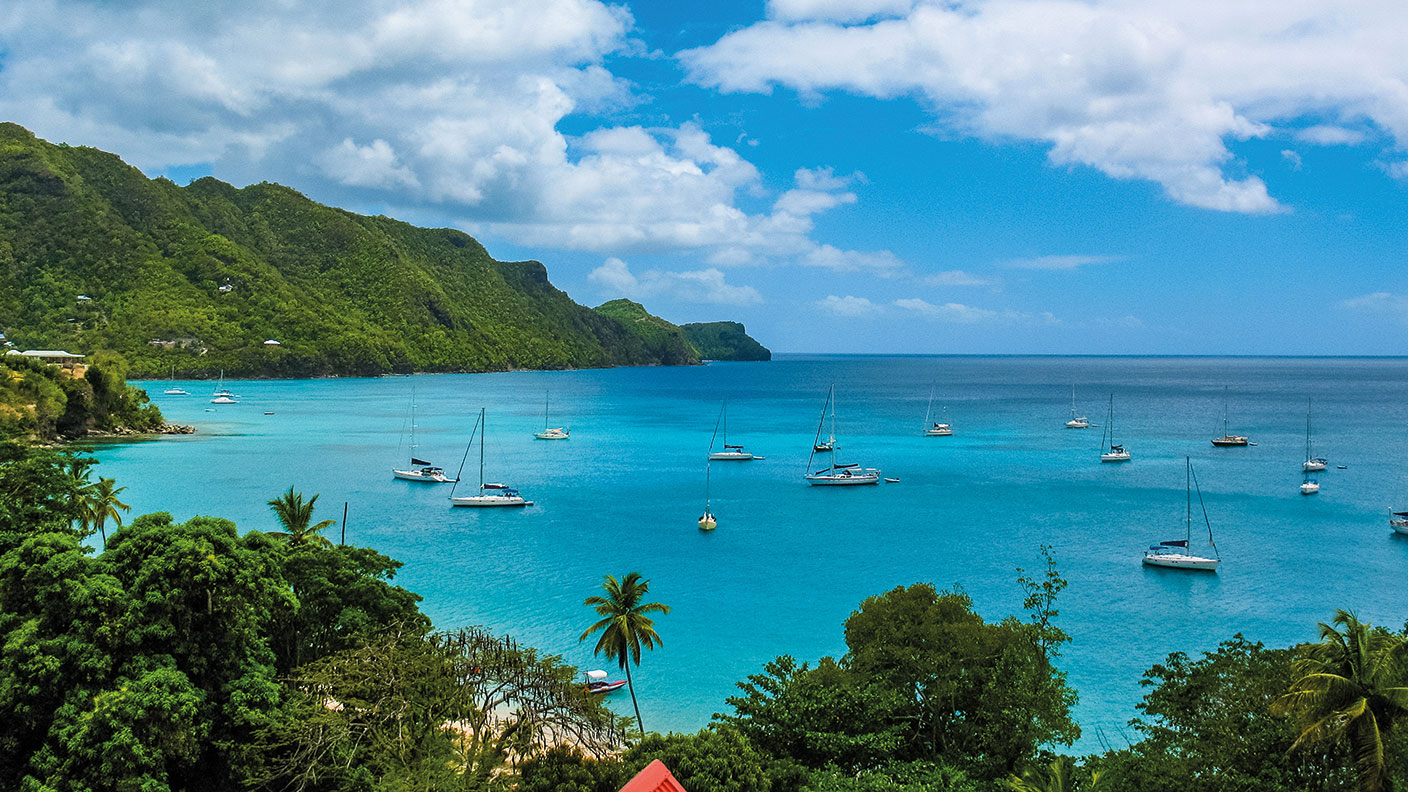
Bequia, the Grenadines
Jolyon Connell, founder
A decade ago, in a moment of madness, we bought a small plot of land on the tiny Caribbean island of Bequia (pronounced Beck-way), in the Grenadines. It’s a magical spot, just above Lower Bay, with half a mile of beautiful, gently curving sandy beach, two cosy restaurants right on the water, and uninterrupted views across the Caribbean. It’s not easy building a house on a tiny island with no raw materials – Bequia is only five miles long – but finally we succeeded. Now we retreat there whenever we can, for a welcome dose of winter sun.
I’ve always loved the Caribbean; for years we were seduced by the charms of Round Hill in Jamaica. But Bequia is special: visiting this tiny island outpost of the Grenadines, with its steep verdant hills, and villagey capital, Port Elizabeth, a paradise for yachties, is like going back in time. You won’t find here the neat driveways, manicured lawns and stately villas of nearby Mustique (which is fun to visit by boat). Instead, your journey from the airport to our house, Cassava, will take you past tethered goats, strutting chickens, friendly locals and a good many potholes. There are no huge hotels and each of the restaurants and bars we frequent has its own particular charm. Just below us, for example, is Keegan’s, where you can watch a film out of doors on Wednesdays, while just across the hillside is Fernando’s with its colourful paper lanterns and fish often caught by the chef himself. I can’t wait to get back there.
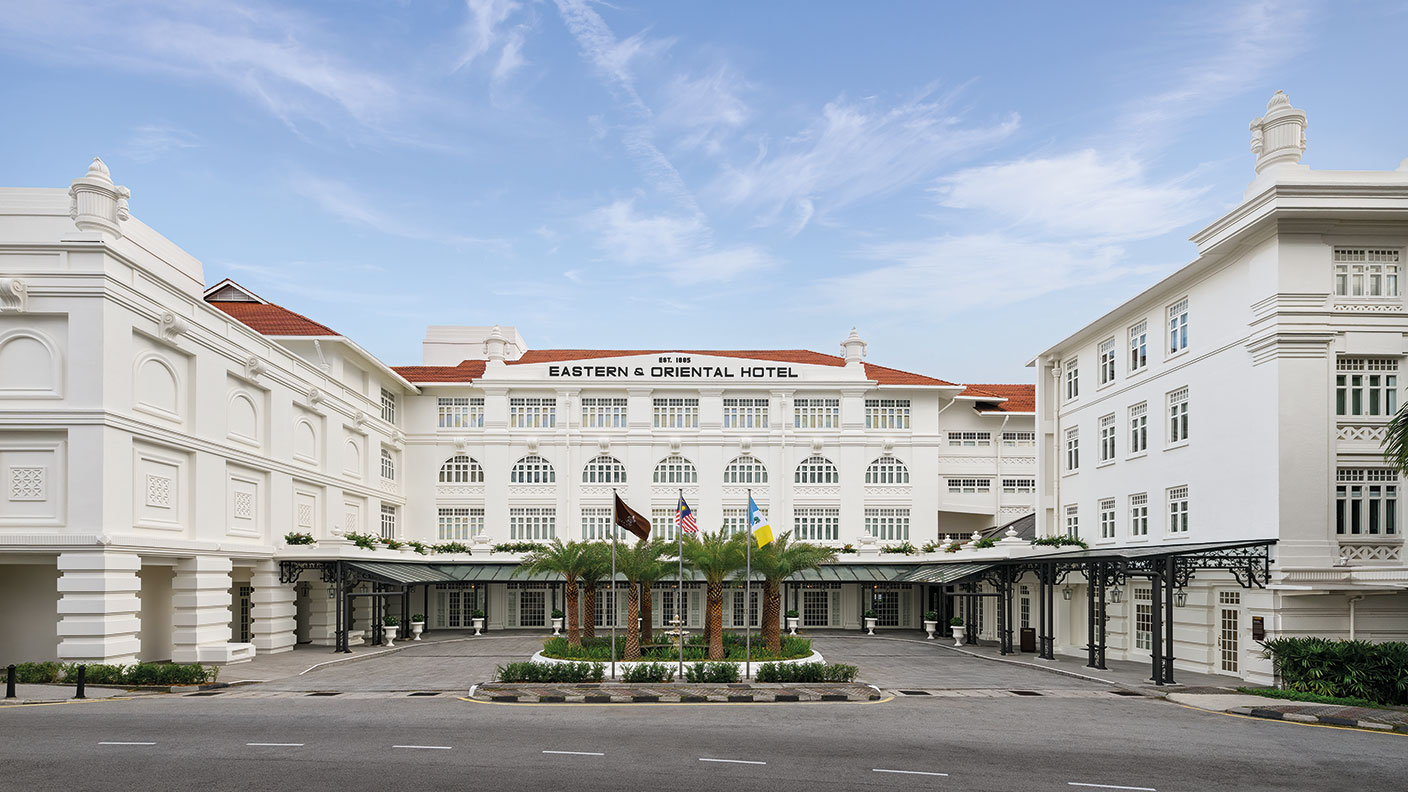
Singapore
Cris Sholto Heaton, contributor and former editor
The train from Singapore to Kuala Lumpur used to be the only trip where you entered one country before leaving another. Owing to a dispute between the two governments about sharing the profits from redeveloping the land around the old Tanjong Pagar station (geographically in Singapore but owned by Malaysia), you went through Malaysian immigration control at the station, crawled 30km down the line to a new station at Woodlands, got off the train, went through Singaporean departure control, got back on the train and trundled over the causeway into Malaysia. The two countries reached an agreement and shifted everything to Woodlands, but it is still possible to take the fascinating 1,900-km railway journey from Singapore to Bangkok in Thailand, with a couple of changes. You’d want to stop along the way – in Kuala Lumpur and definitely in Penang, where the historic Eastern & Oriental Hotel offers vintage luxury overlooking the sea.

New Zealand
John Stepek, executive editor
About 20 years ago, long before I became the prudent, fiscally responsible financial writer I am today, my wife and I decided to take off around the world for a honeymoon gap year. The highlight for us both was six weeks spent driving around New Zealand in a camper van. It’s the ideal way to see the country. The scenery is spectacular and varied, and the distances bearable. There are campsites at regular intervals, so you can keep your route planning to a minimum, leaving plenty of room for spontaneity. Highlights for us included hiking the kauri forests (pictured above) and slightly sinister volcanic black-sand beaches of the far north of the country, and relaxing in hot springs and wild camping near Lake Tekapo, one of three vast lakes running roughly parallel to one another on the South Island. Better yet, if you go during the Antipodean winter – as we did – then you’ll largely have the place to yourself (and your van rental will be cheaper). Just don’t be tempted to go swimming with dolphins in the freezing, choppy Pacific in the depths of August (that’s a story for another day).
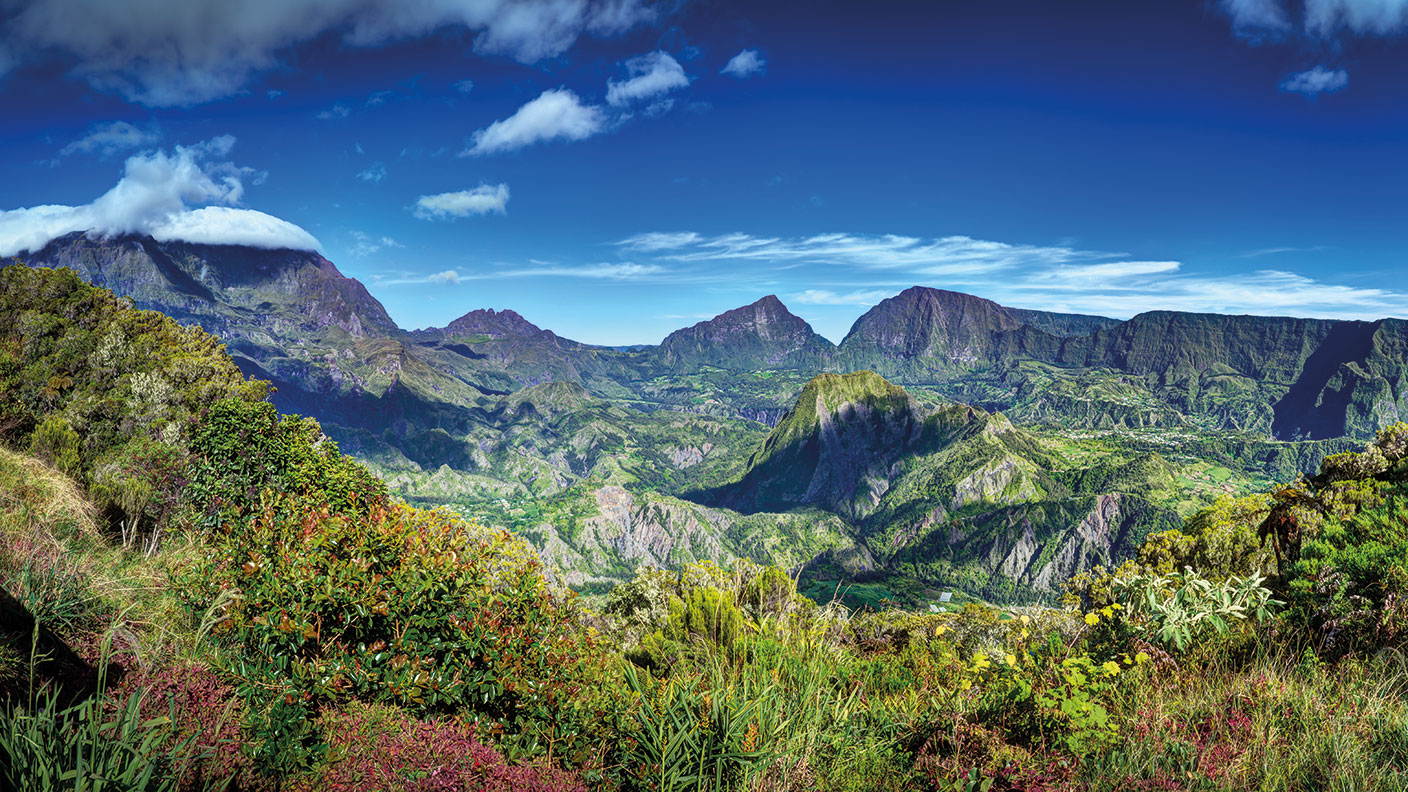
Île de la Réunion
Chris Carter, wealth editor
Réunion is a lush, tropical island in the Indian Ocean, 600 miles to the east of Madagascar and 140 miles west of Mauritius. The “wild” south coast, La Côte Sauvage, is dominated by the awesome presence of Le Piton de la Fournaise, one of the world’s most active volcanoes. That explains the island’s high forested hills, perfect for exploring by foot (or by helicopter). And this being a part of France, the hiking trails are immaculate. Réunion has been French since the 17th century, when it was named Bourbon Island after the royal family. But the island has also seen people arrive over the centuries from Africa as slaves, from China and India as indentured labourers, and, of course, from France. The result is a cuisine that is a melting pot, both in the figurative sense as well as the literal – pots, or marmites, are set over hot charcoal fires. Inside, duck with the island’s sweet Bourbon vanilla bubble away. My partner, Aline, and I visited in 2013, and returned last December, to enjoy these caris at La Marmite, a restaurant on the west coast Ermitage-Les-Bains. It’s just a stroll down the beach from the colonial-style Lux Saint Gilles resort.
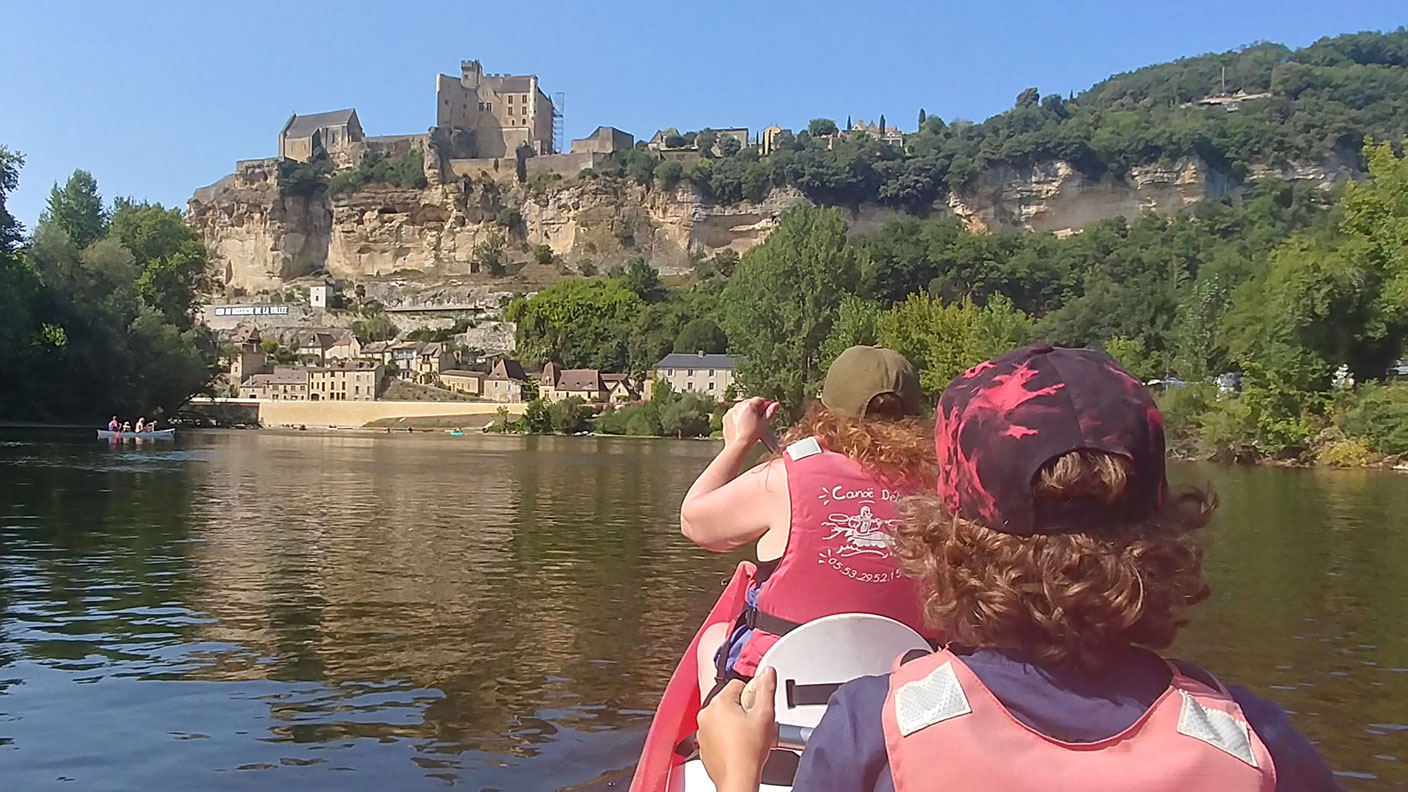
Dordogne, France
Ben Judge, digital editor
Long haul is a bore. You can keep your high-end Mauritian “eco-resorts” or luxury Caribbean island retreats, I prefer a simpler holiday closer to home. Cram the car with gear till the suspension creaks, hop on a ferry and barrel along the clear, well-maintained autoroutes for the campsites of southern France. Preferably the middle-class English hotspot of the Dordogne. There’s a reason it’s popular. The weather is warm and sunny, but not oppressively so. The locals are, contrary to tabloid myth, overwhelmingly friendly and helpful. And the countryside is gently fabulous, with forested hills and valleys carved out by splendid rivers, many of which offer the opportunity of canoeing or kayaking. Indeed, you’ll not be short of activities – think tranquil cycle-paths, tree-top assault courses, or swimming lakes. If you’re less sporty, there’s grottoes, chateaux or just bumbling around any one of the region’s ridiculously charming medieval towns, browsing the markets or just sitting in the shade with a beer. Dine on truffles and foie gras, or bread and Rocamadour cheese, washed down with a local Bergerac wine. As for campsites, there are few better than La Parenthèse Camping Les Ormes, south of Bergerac, just over the border in Lot-et-Garonne. The shady pitches are spacious and there are plenty of glamping options, with safari tents, chalets and lodges nestling among the trees. In the evening, the excellent restaurant provides tasty French fare cooked to an extraordinarily high standard.
The money you save on camping accommodation can be well spent pampering yourself in a luxury hotel either side, breaking up the drive from the Channel port. Perhaps one boasting a Michelin-starred restaurant, such as the Auberge du Bon Laboureur in the Loire Valley, across the road from the photogenic Chateau de Chenonceaux; or, further north, Le Manoir du Lys in the spa town of Bagnoles de L’Orne.
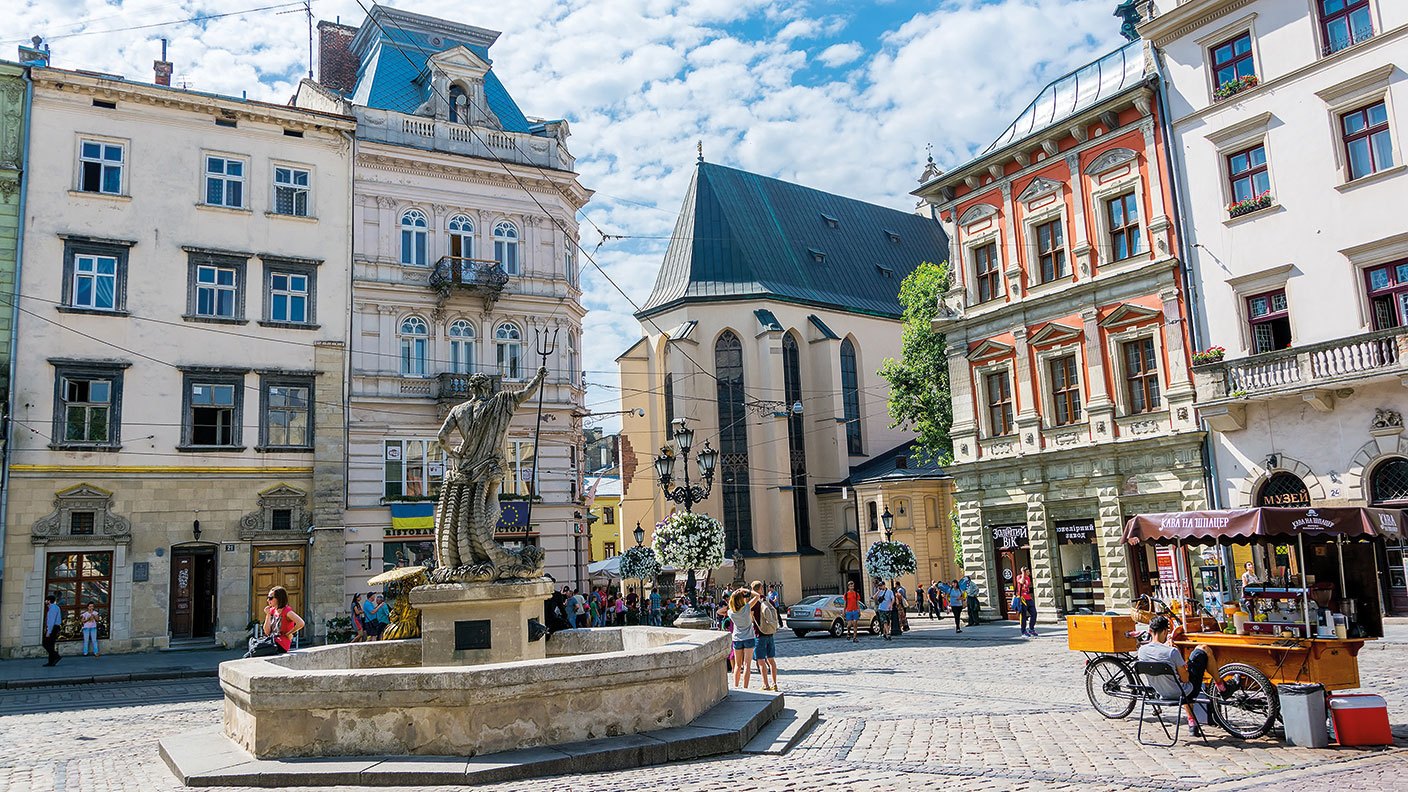
Lviv, Ukraine
Andrew Van Sickle, editor
A few years ago I rounded off a trip through Ukraine with the overnight train from Kiev to Lviv. Stumbling bleary-eyed off the train, I woke up with a jolt when I found myself in an unusually ornate Art Nouveau palace. I have yet to come across a more spectacular railway station. Throughout its turbulent history the Galician capital has been owned by Poland, Lithuania, Habsburg Austria (Emperor Franz Joseph I was especially fond of Lemberg, as he called it) and the Soviet Union. Swedes, Hungarians and Turks have invaded; Armenians have lived there since the 13th century. All this culture and architecture is packed into an area small enough to explore on foot in two days.
Beyond the leafy squares and grand buildings there are also several quirky restaurants and bars. One eatery is decked out like a Masonic lodge – the toilet looks like a throne. Just round the corner you will find the Masoch bar. It is named after Leopold von Sacher-Masoch, who used to live in the building. It is from him that we get the term “masochism”, hence the decor consisting entirely of handcuffs and whips.
But best of all? The peace and quiet. It is clearly miles off the tourist trail. There were no screeching school kids with identikit backpacks; no barfing Brits; no tour groups putting selfie-sticks through priceless paintings. Sit in a quiet square with a Lvivske, Ukraine’s best beer, and marvel at having a microcosm of European civilisation all to yourself.
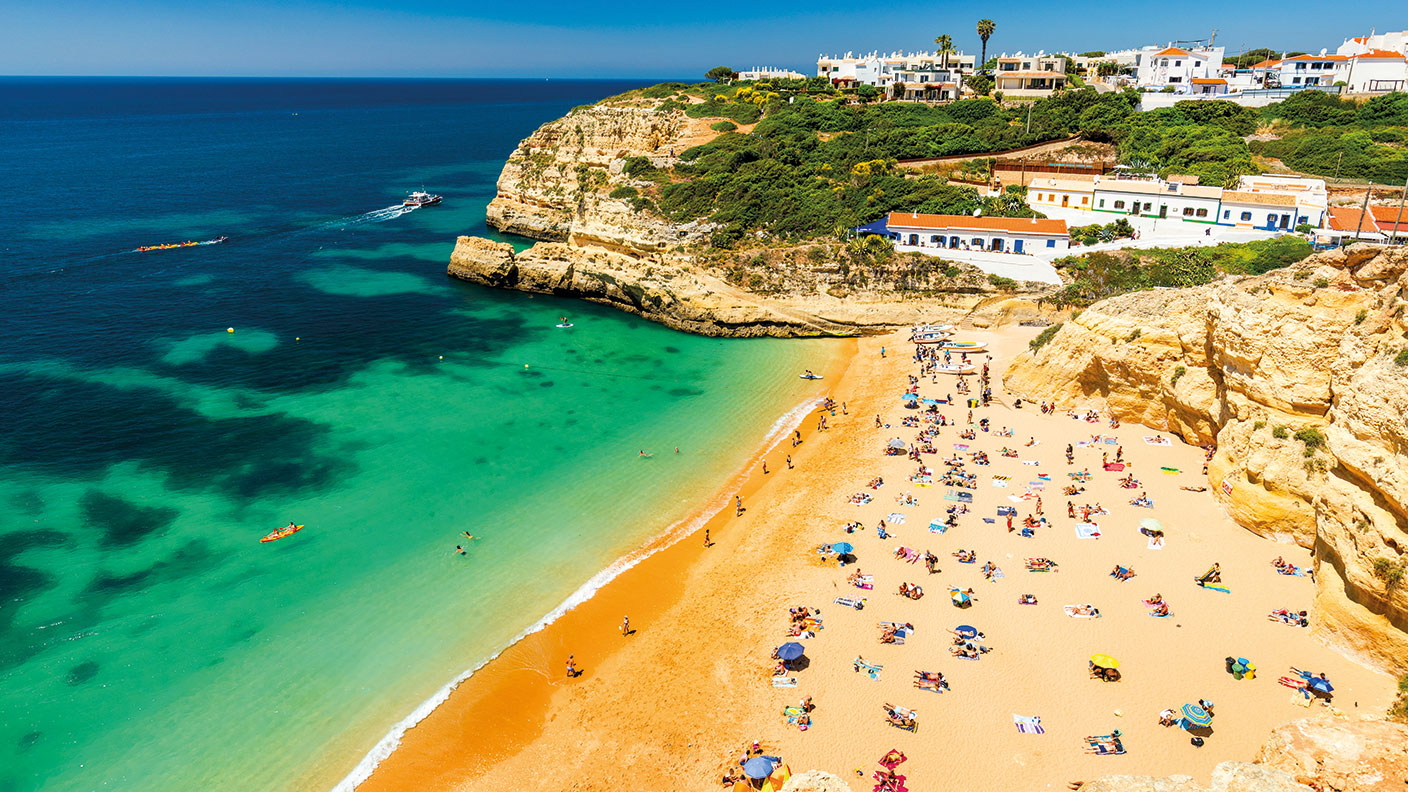
Algarve, Portugal
Natasha Langan, picture editor
Every summer when most of my schoolmates from my north London Catholic school would decant to Ireland, my Portuguese mother would load up the car with me and my three brothers and off we’d go to the Algarve. Six weeks of blistering sunshine, days on Benagil beach with sandwiches and watermelon, followed by evenings of barbecued sardines bought from the fishermen on the beach. Cousins and friends would stay for those long, hot summers of simple food and simple living with no electricity and running water. And, being the 1970s and 1980s, there were no hand-held devices to distract us. At night, we’d gaze up at the stars, brilliant in a way that we never got to see in London. The area has changed since those days. But the beauty remains. We’ve still got the farmhouse, but have added a villa with pool (algarvevillarental.net). The local beaches are still pristine with cold Atlantic waters. If you want those fresh sardines, I’d recommend Sueste restaurant on the quay-side of Ferragudo, the village my mother was born in. Or travel to the mountains of Monchique for the best piri piri chicken, Nando’s be damned, or perhaps a simple pork sandwich from a tiny cafe next to the market in Lagoa. Or for a blow out of shellfish and hot buttered rolls with garlic mayonnaise, try Marisqueira Rui in the ancient hillside fort town of Silves.
Get the latest financial news, insights and expert analysis from our award-winning MoneyWeek team, to help you understand what really matters when it comes to your finances.
MoneyWeek is written by a team of experienced and award-winning journalists, plus expert columnists. As well as daily digital news and features, MoneyWeek also publishes a weekly magazine, covering investing and personal finance. From share tips, pensions, gold to practical investment tips - we provide a round-up to help you make money and keep it.
-
 The best and worst performing UK stocks of 2025 as FTSE 100 approaches record year
The best and worst performing UK stocks of 2025 as FTSE 100 approaches record yearThe blue-chip index is heading for another top year despite investors steering clear of UK equity funds
-
 Which sectors are best to invest in for 2026?
Which sectors are best to invest in for 2026?Investment trust portfolio managers give their views on the sectors and regions they expect to outperform in 2026.

